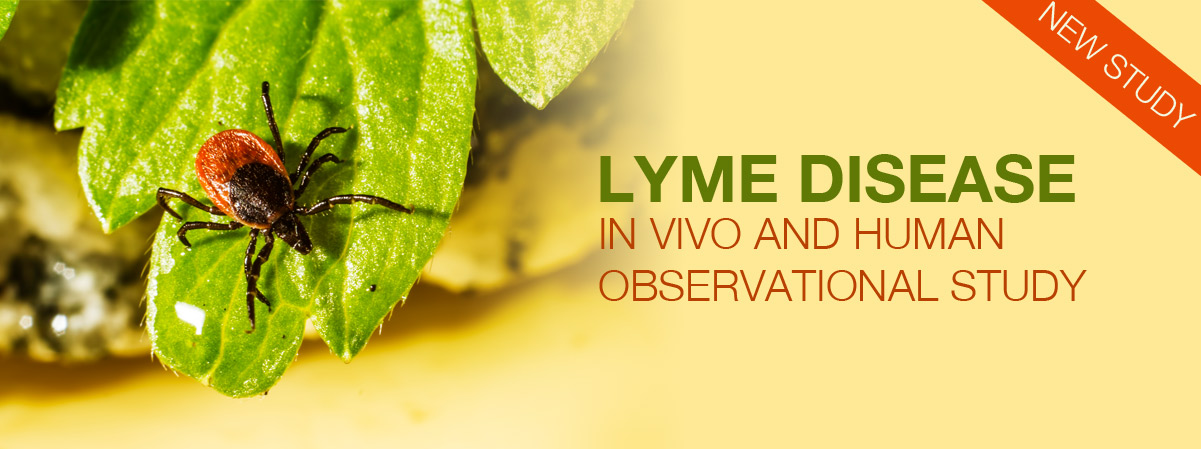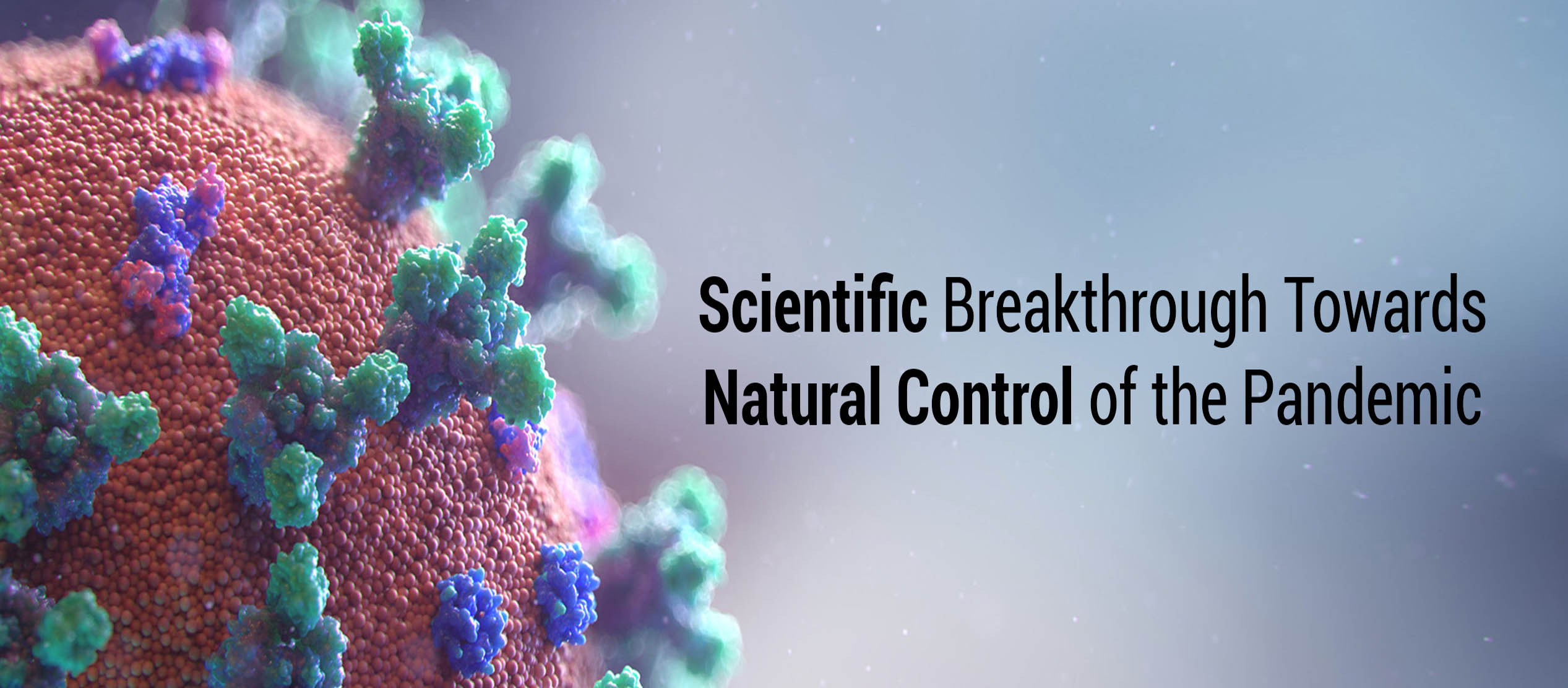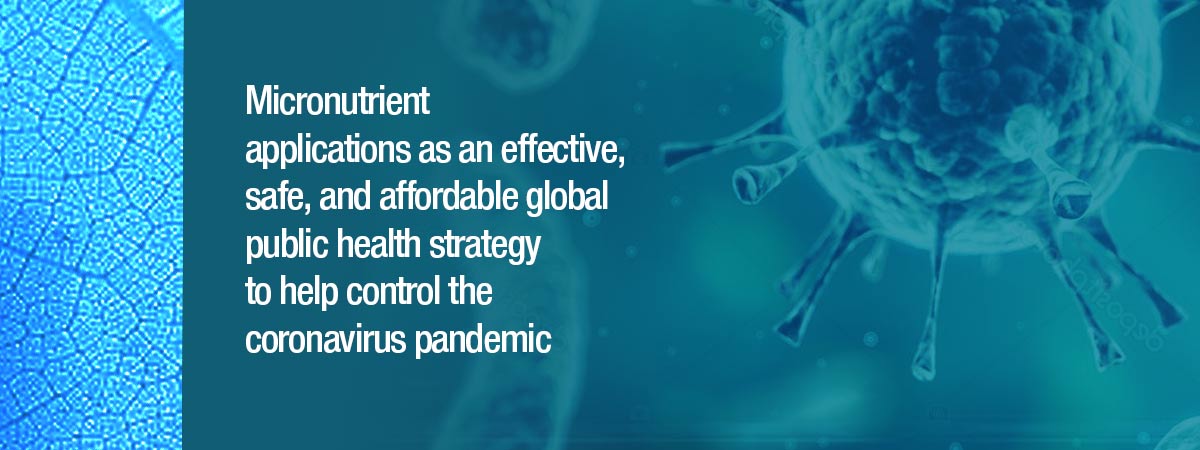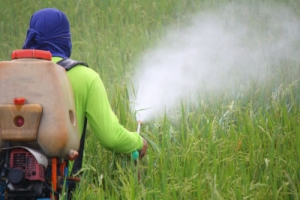The Benefits Of Micronutrients In Head And Neck Cancers
Head and neck cancers are a group of tumors originating from several areas above the collarbone. They include cancers of the larynx, salivary glands, tongue, thyroid, and nasopharyngeal area. Annually there are 60,000 new cases of head and neck squamous cell carcinoma (HNSCC) in the US, and more than 13,000 deaths. Squamous cells are a type of cells found in the outer layer of the skin and in the mucous membranes and include the cells lining airways and intestines.
The biggest risk factor for head and neck cancers include tobacco use and smoking (this includes the smokeless tobacco), and alcohol - all of which are highly preventable causes. Additionally, sun exposure, and occupational exposure to substances like chromium, radium, leather, and wood dust can also increase the risk of developing HNSCC. Hence, the ears, nose, and throat happen to be the most common affected areas.
The Cell Damaging Effects Of Roundup (Glyphosate) Herbicides
Roundup is a highly toxic herbicide containing the active ingredient glyphosate. Glyphosate is a non-selective herbicide which means that it kills most plants by preventing them from making certain proteins required for their growth. Monsanto produces Roundup and the seeds that grow into genetically engineered (GE) plants that are tolerant to glyphosate. Worldwide Roundup sales are approximately $6B annually. They are projected to be $9B by 2019 due to the demand created by the company’s proprietary Roundup Ready genetically modified crops. Roundup destroys all life in the soil. It kills all microbes that would typically help in plant growth by providing nutrients and protection from diseases.
The Role Of Micronutrients In Diabetes In Children- Part 2
In the last issue of the Health Science News Page we described the causes and effects of diabetes in children. Typically, type 1 diabetes affects children. However, due to poor diet and increasing obesity, type 2 diabetes is becoming common in children. While insulin and metformin are the FDA approved drugs for diabetic children, many other drugs are also used that are not tested in the younger population and, other safer avenues of addressing diabetic-related health issues are not emphasized enough.























